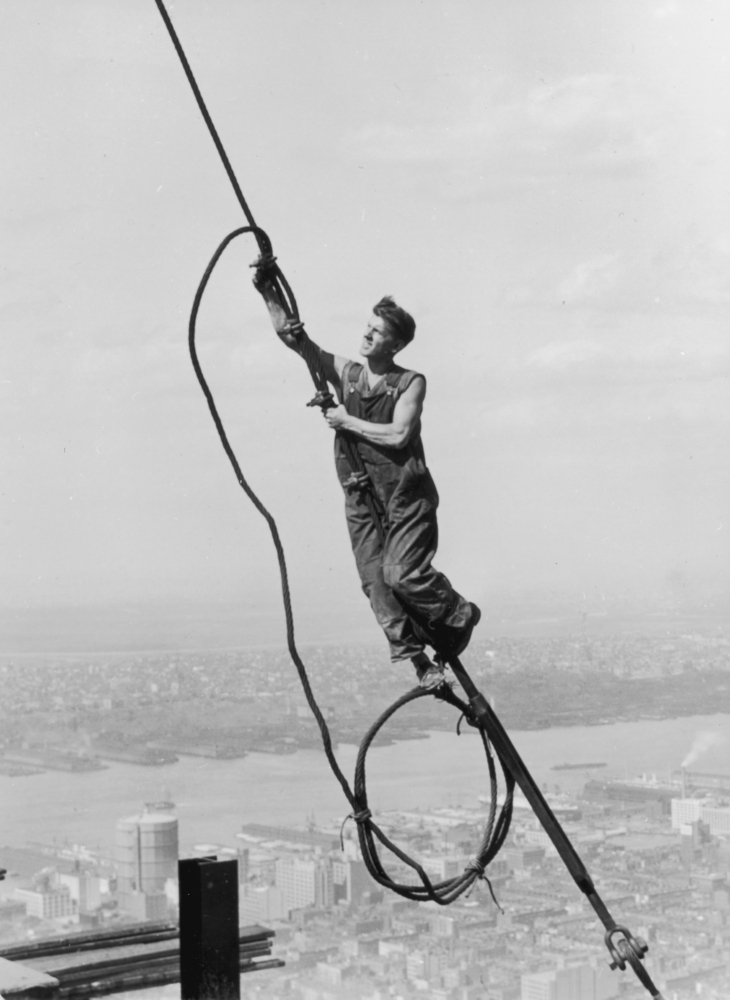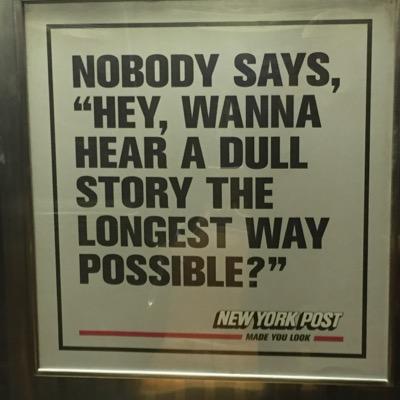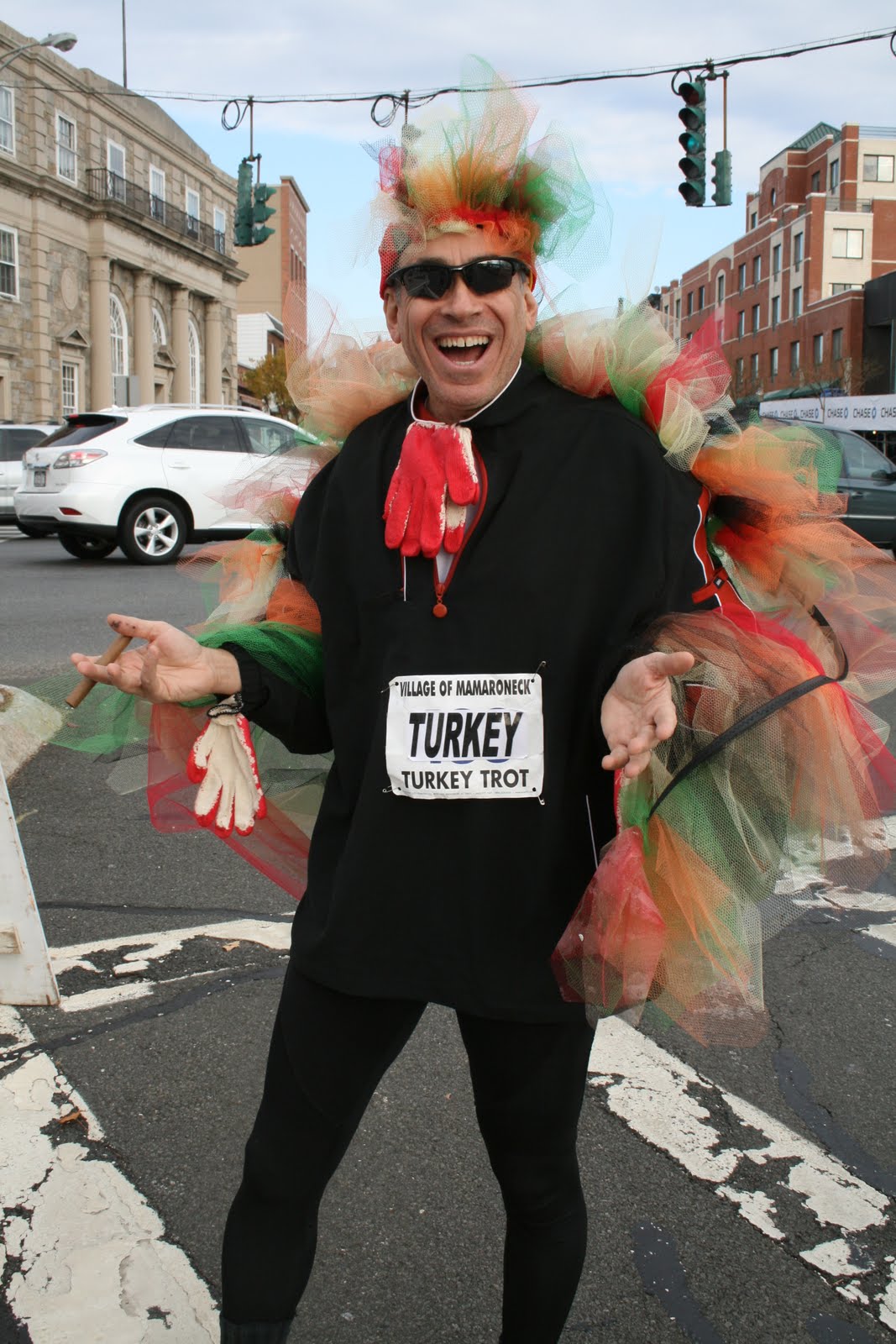
Michael J. Katz
The Appellate Division (Second Department) this week exonerated Dr. Michael Katz for lying under oath in a personal injury case before Justice Duane Hart in April 2014. Justice Hart’s condemnation of Katz as a liar — “more than 60 times” by the count of the appellate court — was covered here extensively at the time. And it was covered yet again when Katz brought a frivolous defamation suit against me after reporting Justice Hart’s comments.
The court also leveled sanctions against plaintiff’s counsel, who had surreptitiously recorded a medical-legal exam that Katz had conducted on the plaintiff. That video ran five minutes in total length with the actual exam part lasting just one minute and fifty-six seconds. It was this video that led both to Justice Hart’s condemnation of Katz and the appellate court’s condemnation of plaintiff’s counsel.
This is the executive summary of the decision (Bemejo v. New York City Health & Hosps. Corp.):
- A lawyer cannot surreptitiously video a medical-legal exam, and must obtain court permission to do so.
- If an exam is recorded, the video must be exchanged in advance of trial.
- The court held that Katz did not lie (though I think the analysis was incomplete, as described below).
- The court will allow the defendants to hire a new physician to do medical-legal exams, despite the fact that he is physically available (i.e. not dead or in jail) because of the unusual circumstances here that has Dr. Katz refusing to set foot in the courtroom again for this case.
- If the trial lawyer attends the defense physical exam with the client, he risks becoming a witness to what happened and being disqualified.
- The plaintiff’s lawyer was directed to pay the costs of the first trial and appeal.
- Updated: The matter actually settled in March 2015, but the court rendered this decision anyway.
The decision is very long in the facts department because it’s so unusual. The short version is that Katz did a medical-legal exam for the defendants, and in his report claimed that plaintiff’s counsel interfered with it, writing that he was:
…a nasty and obstructive front toward getting a proper history. . . . [he] just became nastier as questions were asked…
So when a second exam came around, plaintiff’s counsel secretly recorded it to protect himself, and presumably to shred Dr. Katz if he lied about what happened.
The video was revealed at trial only when plaintiff’s counsel called his paralegal to the stand in rebuttal to Katz, to testify about the brevity of the exam, as she had been there as a Spanish-English interpreter. And then she revealed the existence of the video only on re-direct exam. It’s revelation came as a complete surprise.
The issues of interest in this damages-only trial (with liability having been previously determined in favor of the plaintiff):
Surreptitious Exams: While the existing law was pretty thin on the subject previously — only appellate cases in the Third (Lamendola, Cooper) and Fourth (Flores) departments were cited as having addressed the subject — it certainly isn’t thin anymore. The court was emphatic that while plaintiffs can have representatives attend the exams, which the court calls “independent” medical exams, they will need court approval in order to record them. The court cited approvingly prior case law that held:
a plaintiff will normally be entitled to have his or her attorney present at an IME, but that permission to employ the additional measure of videotaping the examination will be granted only where the plaintiff establishes the existence of special and unusual circumstances.
There is no law from the legislature on the subject of recording, one way or the other. The court used the logic that the Legislature could have authorized it, but didn’t, and that is its support for not allowing the video. And that is a particularly weak argument.
So let me say here that I think the court badly misjudged this issue as a matter of public policy. The defense medical exam is not independent, no matter how often the courts try to pretend it is. Even Chief Judge Jonathon Lippman is on record as having said so.
What is really weird is that the court failed to give a decent rationale, other than citing to a 1989 case (Lamendola) where “videotaping has not been allowed in the absence of special and unusual circumstances.”
But the days of large, intrusive video cameras have vanished. Without a camera, the exam is like a deposition without a stenographer. Since we know these exams are exceptionally contentious, and the defense industry is rife with quickie exams, there is now no colorable reason not to document them.
This case is, in fact, the poster child for why these exams should be recorded. There were claims of interference by counsel and claims regarding the length of the exam and claims regarding the tests that were done. It’s a shame the court missed the irony.
Who, exactly, benefits from the failure to record the exam? Only the ones conducting them, who can say what they please in their reports. If court permission is needed to simply turn on a smartphone — and it shouldn’t be — then the courts should be liberal in allowing it to happen.
We often tell juries that a trial is a search for the truth, and that we want them to be the proverbial fly on the wall that determines what actually happened. Well, technology now allows that for these exams.
This decision is, plain and simple, very bad law.
Exchange of Videos: The court was pretty clear that the video had to be exchanged, based on two provisions of the CPLR that call for “full disclosure of all matter material and necessary in the prosecution or defense of an action” as well as for the exchange of all video of a party related to the action. No further comment needed.

Justice Hart’s opinion of Dr. Katz
Katz Didn’t Lie: The court was greatly displeased with Justice Hart’s repeated condemnation of Katz as a liar, and cited to the video that was taken. That video, which was on YouTube for awhile before being taken down, showed a total of five minutes spent with the plaintiff, of which just one minute and fifty-six seconds was an actual physical exam.
Katz had testified a number of times that he couldn’t remember the actual length of this exam, and was then pressed by the court for an answer as to his custom and practice for such an exam. Katz said 10 to 20 minutes.
The appellate court cited this as an example of why Katz did not lie — because he was discussing his custom and practice and not this particular exam. The problem is that Justice Hart didn’t just rely on the time spent on the exam, and went on to say that:
You see this is the part that you are missing. I am not making a big thing of 10, 20 minutes. Witnesses confuse time all the time but he didn’t do the tests that he said he did in the minute 56 seconds. That is the problem. . . . He didn’t do the tests that he said he did. How do you screw that one up? You either do the test or you don’t do the test.
…
…Again counsel, it is not the time so much if the doctor thinks that he can explain the time. It is not the time problem. It is that there are tests that he testified to that he didn’t do. That is the perjury…
So while Justice Hart specifically said at these points that it wasn’t the actual time that was most important to him, the appellate court failed to do any analysis of the tests that were referred to, and whether they could, or could not, be done in the minute and 56 seconds. Instead, the court just stated a conclusion:
At the hearing on the appellants’ post-mistrial motions, the Supreme Court apparently shifted its theory as to what was false about Dr. Katz’s testimony, advancing a new theory that Dr. Katz had lied about the quantity or nature of the tests he had performed. This theory had never been proffered by plaintiff’s counsel, either as a justification for revealing the secret video recording for the first time in the presence of the jury, or for any other purpose. In any event, this alternate theory was likewise not supported by the video recording. (emphasis added)
This failure by the appellate court is inexplicable to me given its very extensive discussion of the facts that will likely run 20-25 pages in the official reports. How did they determine it was not supported by the video? And no discussion of the tests Katz testified he did? I feel like there’s a big, gaping hole in the decision regarding what tests were claimed to have been done, or not done.
If this is going to be the basis that Katz did, or did not, lie, logic would dictate that the appellate court send the matter back down to the trial court level (with a new judge) to hold a hearing, and let independent orthopedists (chosen by the court, not the parties) compare Katz’s testimony regarding tests he claimed to have done with the video that was taken.
Nonetheless, attorneys that may cross-examine Katz in the future should expect him to say, if a judge even allows the issue to be raised, that the appellate court specifically wrote:
At this point, we dispel the premise that underlies the plaintiff’s arguments on these appeals, and the actions taken by the Supreme Court after declaring the mistrial, namely, the notion that Dr. Katz lied. The record does not reflect that Dr. Katz committed perjury. Dr. Katz was asked how long the second IME took, and his answer was that he did not know. There is no evidence in this record that, at the time Dr. Katz gave that testimony, he actually did know how long the second IME took. Thus, that answer (or series of answers) has not been shown to be untruthful. (emphasis added)
Defendants Get A New Exam: It is often very difficult for a defense firm to get a new exam if their doctor should have some, shall we say, problems. The standard is that “a defendant must demonstrate that unusual and unanticipated circumstances,” and even being arrested and temporarily losing a medical license doesn’t qualify.
Here, the court cites Katz’s unwillingness to testify given the circumstances. But this is, frankly, an unusual ruling. Since the court also precluded the use of the video due to the manner in which it was obtained and the failure to properly exchange it, and directed the matter to a new judge for a new trial, it is easy enough to keep all of this stuff away from any future jury. With that protection, why shouldn’t he come in?
One hopes that future courts won’t allow the simple “But I don’t wanna testify!” be enough for a defense firm to obtain new physicals. For if this happens, the motions will be legion.
Trial Attorney Shouldn’t Go on the Physical: The case stands for a good example of why the trial lawyer should not attend a defendant’s physical exam: You run the risk of becoming a witness and therefore being disqualified on ethical grounds. (Defense lawyers might also make themselves witnesses.)
When I was a young pup lawyer, I went on a bunch of these exams, as I wasn’t going to be trying the cases. Today, I send other representatives that can track what the doctors do. But it isn’t the same as video, that’s for sure.
Plaintiff’s Lawyer was Directed to Pay Costs: The defense asserted it wasn’t Katz lying about the exam that caused the mistrial, but the conduct of plaintiff’s counsel. Plaintiff’s counsel, by contrast, said the video wouldn’t even have come up if Katz hadn’t lied.
The court accepted the defense argument, because they said that Katz didn’t lie. The only problem with that, from where I sit in the cheap seats, is that the actual analysis was incomplete, as I noted above, as Justice Hart asserted it wasn’t so much the time spent that led him to call Katz a liar, but that he thought all the tests couldn’t be done in the brief time that the exam lasted.
It seems to me that if the appellate court is going to absolve Katz of lying, rip into plaintiff’s counsel and force him to pay significant costs, the very least they could have done is specifically addressed Justice Hart’s assertion that he thought Katz was a liar because he couldn’t have done all the tests so quickly. But nothing on that subject other than a conclusory comment. Zippo. Nada. No hearing ordered.
What was particularly odd was that the court concluded that the mistrial was caused, in part, by the conduct of the trial justice. If that is so, then why sanction plaintiff’s counsel? If the court concludes that the proper judicial action was to simply preclude the use of the video, the trial could have continued without mistrial. The video, after all, came out only on re-direct. A simple objection, sustained by the court as it was beyond the scope of the cross exam, would have been all that was necessary.
It was also unusual to me that the court leveled the costs at all. Why unusual? Because our lower courts are so hesitant to do so. In both cases where I was sued for defamation, the first time by Rakofsky and the second by Katz, there were judges that refused. Despite the fact that the cases were so godawful bad.
On a final semi-related note, I did end out with a small judgment against Katz, by the way, after his “hilariously stupid” case against me was tossed. A judgment, I might add, that I think he still hasn’t paid.
Updated: I’ve been informed that this matter actually settled in March of 2015 to the satisfaction of all parties. So why did the Second Department issue a 36-page decision on a case that was already concluded?
 If I showed up for a trial and asked the jury to just “trust me” they would toss me out on my ear. As they should. I can only help my clients by presenting evidence.
If I showed up for a trial and asked the jury to just “trust me” they would toss me out on my ear. As they should. I can only help my clients by presenting evidence.


 The first time I did a Thanksgiving Day message, it was in the form of a Blawg Review, recounting the time
The first time I did a Thanksgiving Day message, it was in the form of a Blawg Review, recounting the time 

